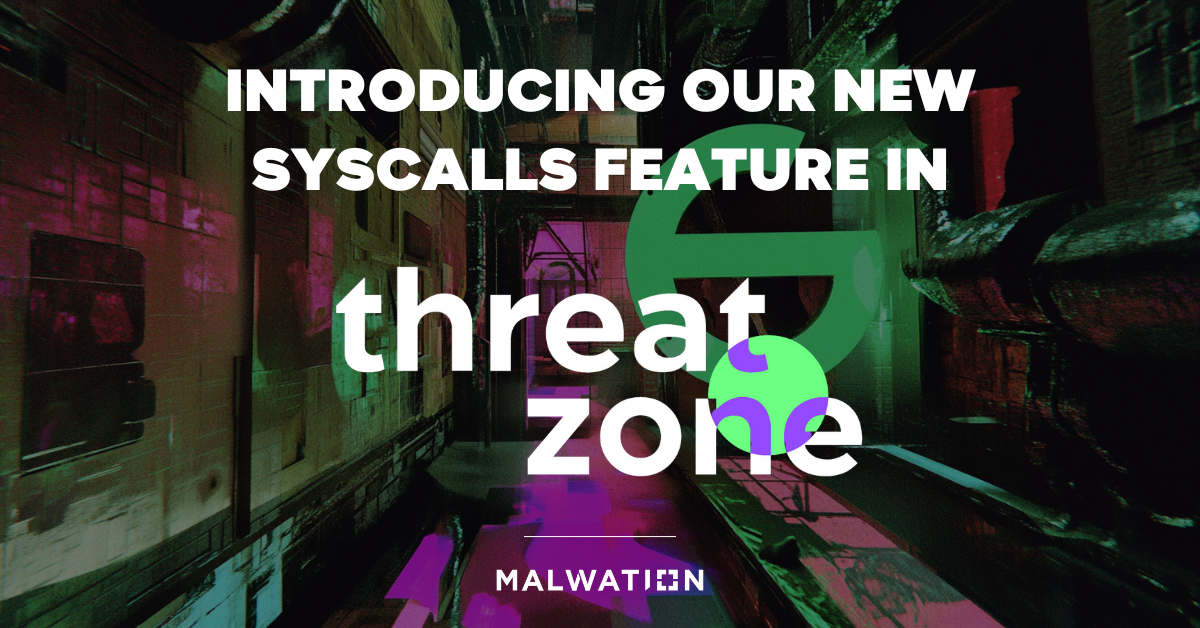
Advanced Malware Traffic Analysis

With the release of our new Advanced Malware Traffic Analysis feature for Threat.Zone, we are taking a significant step forward in providing comprehensive insights into malicious activities during malware sandbox analysis. If you have been downloading files to analyse PCAP output from the sandbox and analysing them in the traditional way with your tools in your analysis environment, you don't need to do that anymore. You can use our new feature for more detailed PCAP analysis. You can even use all of Wireshark's filters for advanced filtering. This blog post delves into the critical role of network analysis in malware detection and the powerful capabilities of our new feature.
The Necessity of Detailed Network Analysis in Malware Detection
Network traffic analysis is a cornerstone of cybersecurity, especially when dealing with sophisticated malware.
- Visibility into Malicious Activities: Malware often communicates with external command and control (C2) servers to receive instructions, exfiltrate data, or download additional payloads. By analyzing network traffic within a controlled sandbox environment, security professionals can detect these communications and understand the malware's behavior.
- Detection of Evasive Techniques: Modern malware uses various techniques to evade detection, such as encrypted communication, use of legitimate services, and polymorphic code. Detailed traffic analysis can help identify patterns and anomalies that indicate malicious activity, even when traditional endpoint detection methods fail.
- Incident Response and Forensics: In the event of a security breach, sandbox analysis of network traffic provides invaluable data for incident response and forensic investigations. It helps trace the origin of the attack, the extent of the compromise, and the data accessed or exfiltrated by the attackers.
- Enhanced Threat Intelligence: By continuously refining sandbox traffic analysis, organizations can gather actionable threat intelligence. This information is crucial for anticipating future attacks and strengthening overall security posture.
Introducing Advanced Malware Traffic Analysis in Threat.Zone
Our new Advanced Malware Traffic Analysis feature is designed to empower security teams with unparalleled insights into network traffic associated with malware during sandbox analysis. Built on robust analytical capabilities, this feature offers:
- Comprehensive Packet Inspection: Analyze every packet of data within the sandbox environment to uncover hidden threats. Our tool provides deep visibility into the payload, headers, and metadata of network packets, ensuring no suspicious activity goes unnoticed. You do not need to download the file to see the first 16 bytes of outgoing data in network packets.

- Behavioral Analysis: By examining the behavior of network traffic over the duration of the sandbox analysis, our feature can detect anomalies and patterns indicative of malware activity. This includes identifying unusual communication patterns, frequency of connections, and data transfer volumes.
- Detailed Reporting and Visualization: Gain insights through detailed reports and visualizations that highlight key findings and trends in sandbox network traffic. Our intuitive dashboard makes it easy to understand and act on the information provided.

Real-World Applications
The implications of advanced network traffic analysis are vast and varied. Here are a few real-world applications:
- Detecting Advanced Persistent Threats (APTs): APTs often involve long-term, targeted attacks that are difficult to detect. Our feature can identify the subtle network indicators of such threats within the sandbox, providing early warning and enabling proactive defense measures.
- Mitigating Ransomware Attacks: Ransomware often communicates with external servers to receive encryption keys or exfiltrate data. By analyzing sandbox network traffic, our tool can identify and block these communications, mitigating the impact of ransomware.
The introduction of the Advanced Malware Traffic Analysis feature in Threat.Zone marks a significant enhancement in our ability to detect and respond to cyber threats during sandbox analysis. By providing deep insights into network traffic within a controlled environment, this feature empowers security teams to stay ahead of malicious actors and protect their organizations more effectively. Stay tuned for more updates and innovations as we continue to enhance Threat.Zone’s capabilities.





